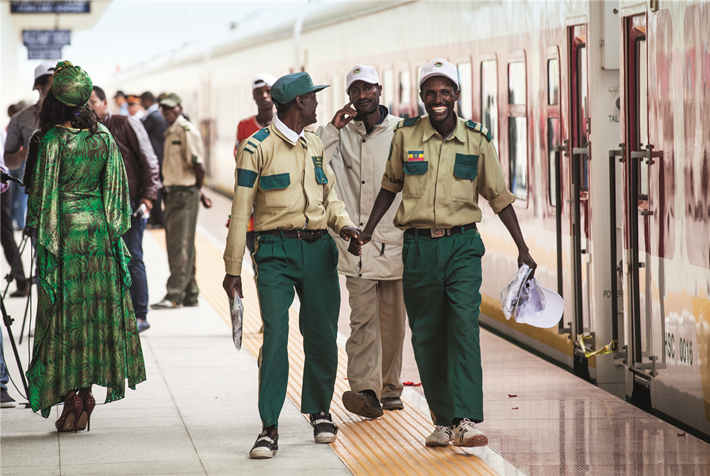A Decade of Change

Between 2012 and 2022, China made remarkable achievements in terms of economic and social progress. It solidified its status as the world’s second-largest economy, realized its first centenary goal of building a moderately prosperous society in all respects, and embarked on a journey to fully build a modern socialist China. With resolve, it pursued innovative, coordinated, green, open and shared development, and welcomed great improvements in people’s livelihood and social equality.
Meanwhile, the country expanded its openness and sought cooperation and interaction with the outside world to explore and share new development opportunities. Measures included shortening the negative list for foreign investment, issuing the Foreign Investment Law to protect the legitimate rights and interests of foreign investors, opening more sectors for foreign capital, and advancing the Belt and Road Initiative (BRI) to enable more countries to share opportunities brought by China’s development.
Significant Development
“It’s hard to put China’s development achievements over the past 10 years into words,” said Zheng Yongnian, president of the Advanced Institute of Global and Contemporary China Studies at the Chinese University of Hong Kong (Shenzhen). “If I had to choose one word, it would be ‘significant’.” He added that since 2012, great changes have taken place in China, especially across the political spectrum, which helped the country find a clear roadmap towards modernization and possibly provided an alternative model for countries seeking political independence and economic development.
Across the decade, China has seen increasing growth in comprehensive national strength, with its GDP growing from 54 trillion yuan (US$7.99 trillion) in 2012 to 114 trillion yuan (US$16.87 trillion) in 2021. The average annual growth rate reached 6.5 percent, a medium-to-high speed leading most major economies in the world.

Increasing national strength has resulted in improved living standards for all people. In 2012, 98.99 million rural people were living under the national poverty line. In 2020, all of them had shaken off poverty. They are now free from worries over food and clothing and have access to compulsory education, basic medical services and safe housing.
China has resolutely practiced a green development philosophy over the last decade. By 2021, thanks to the optimizing energy consumption structure, clean energy accounted for 25.5 percent of total energy consumption, up by 11 percentage points compared to 2012. China also actively facilitated the signing of the Paris Agreement and carried out extensive South-South cooperation in addressing climate change. The country has spared no efforts to realize its goals of peaking carbon emissions before 2030 and realizing carbon neutrality before 2060.

Reciprocal Cooperation
Despite international uncertainties throughout the decade, China has carried out opening up in a larger scope, wider areas, and at a deeper level, seeking to share opportunities and seek common development with other countries in the world.
China continues to expand its scale of foreign trade. From 2012 to 2021, China’s total import and export of goods increased from US$3.87 trillion to US$6.06 trillion, and the average annual growth of goods imports was 11.9 percent, 2.2 times higher than the world growth rate during the same period, strengthening China’s status as the world’s largest goods trader. In the decade, 21 free trade pilot zones and the Hainan Free Trade Port were set up as models and experimental fields for further opening to the outside world.

July 14, 2017: Athletes compete in a traditional Ewenki game known as “Qiangshu” at the Traditional Games of Ethnic Minorities in the Hulunbuir Stadium in northern China’s Inner Mongolia Autonomous Region. (Photo by Guo Shasha/China Pictorial)
China has upheld the multilateral trading system and promoted the globalization drive. China proposes to build a global community of shared future, calling on countries to share weal and woe and work together to create a bright future for all. Cooperation under the BRI framework expanded from Eurasia and the Asia-Pacific region to Africa and Latin America. As of April 2022, 149 countries and 32 international organizations had signed official documents on BRI cooperation with China.
China supports multilateral mechanisms like the World Trade Organization, the International Monetary Fund, the World Bank, and the G20 in playing constructive roles in the world. It proposed and participated in the establishment of multilateral cooperation platforms such as the Shanghai Cooperation Organization, the Boao Forum for Asia, the BRICS cooperation mechanism, and the Asian Infrastructure Investment Bank. By doing so, China has made positive and constructive efforts to build a more innovative, dynamic, interconnected, and inclusive world economic system.